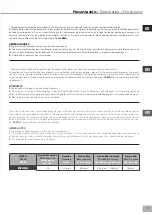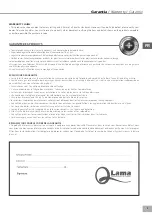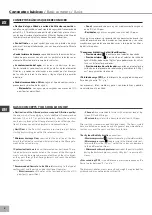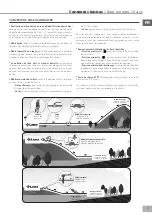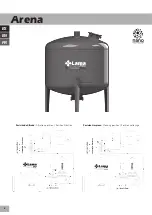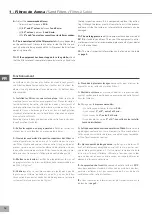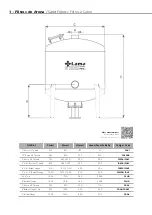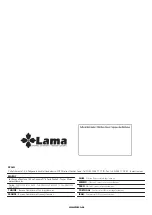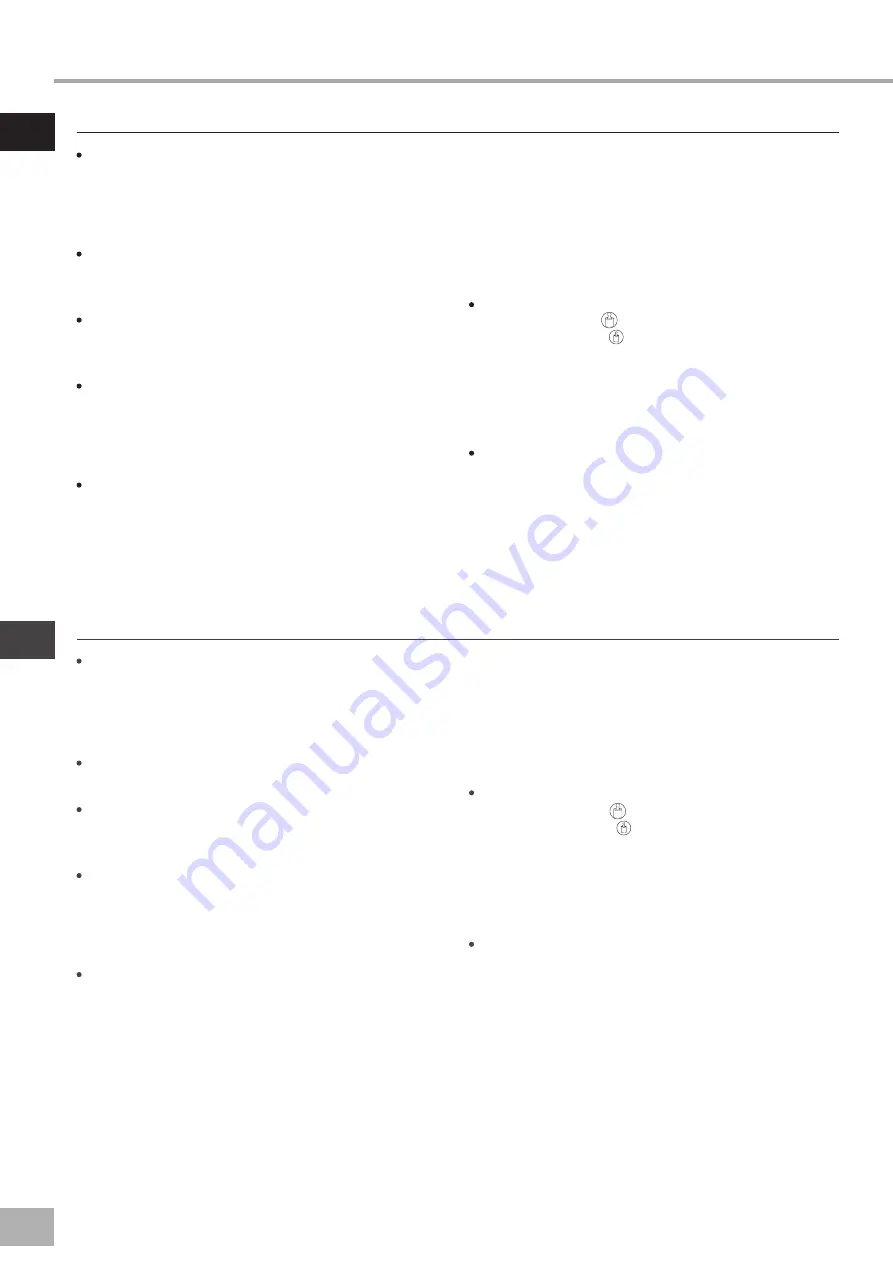
Conceptos básicos
/
Basic concepts /
Basics
ES
EN
6
CONCEPTOS BÁSICOS QUE DEBE CONOCER
Destino del agua filtrada o calidad de filtración requerida
es
aquella que, aplicando un coeficiente de seguridad (recomendado
entre 1/3 y 1/7 de diámetro de partícula), permita que los contami-
nantes que atraviesen los elementos filtrantes lleguen al destino en
los diámetros de partículas y concentraciones requeridas.
Caudal límite
, es aquel caudal que crea una pérdida de carga
próxima al inicio del retrolavado, una vez que el elemento filtrante
está limpio.
Caudal mínimo de drenaje
, requerido durante la duración del re-
trolavado para evacuar con eficacia las partículas retenidas en el
elemento filtrante por el drenaje de las válvulas.
La contaminación del agua,
ni se crea ni se destruye, las par-
tículas retenidas se concentran en las pantallas de los elementos
filtrantes y pueden ser eliminadas o evacuadas por los drenajes
de las válvulas, o bien lo atraviesan y llegan al punto de emisión
o destino.
Caudal recomendado a filtrar
, según el tipo de contaminante y
proveniencia y destino de las aguas:
- Río/embalse
, con aguas poco cargadas con menos de 100
ppm (partes por millón).
BASIC CONCEPTS YOU SHOULD KNOW
Destination of the filtered water or required filtration quality:
the one which, after applying a safety coefficient (recommended
between 1/3 and 1/7 of particle diameter), allows the contami-
nants passing through the filtering elements to reach their destina-
tion at the required particle diameters and concentrations.
Limit flow
, is the flow that creates a pressure drop just before
starting backwashing, once the filter element is clean.
Minimum drainage flow,
required for the duration of the bac-
kwash to effectively evacuate particles retained in the filtering ele-
ment by the valve draining.
Contamination in water
is neither created nor destroyed. The re-
tained particles are concentrated in the screens of the filtering ele-
ments and can be removed or evacuated through the valve drains,
or they pass through the filtering elements and reach the outflow
point or destination.
Recommended flow rate to be filtered
, according to the type of
contaminant and the origin and destination of the water:
- River/reservoir
, with water with a low load of less than 100
ppm (parts per million).
- Canal,
recomendado para aguas medianamente cargadas
entre 100 a 200 ppm.
- Residuales
, aguas muy cargadas con más de 200 ppm.
Para cargas superiores, se recomienda una decantación previa. Los
caudales expresados están basados en la experiencia y son reco-
mendaciones generales que pueden variar a lo largo de los años y
de distintas épocas.
Conexiones hidráulicas de fácil identificación:
- Presión máxima:
P+
la existente en el colector de entrada.
- Presión mínima:
p-
la existente en el colector de salida de
aguas filtradas, debe ser de 1Kg/cm² para poder mover las válvu-
las a sus diferentes posiciones.
- Presión mínima de retrolavado:
requerida en el colector de
salida durante el proceso de retrolavado, generalmente 2,5Kg/
cm² para garantizar la eficacia.
Pérdida de carga (PD),
es la diferencia de carga producida por el
flujo de agua entre “P+” y “p-”.
Los esquemas, fotos, medidas y pesos, son orientativos y podrían
no coincidir con la realidad.
- Channel
, recommended for water with a medium load of be-
tween 100 and 200 ppm.
- Wastewater
, water with a heavy load of at least 200 ppm.
Prior settling is recommended for higher loads. The flows stated
here are based on experience and are general recommendations
that can vary over the years and from time to time.
Easily identifiable hydraulic
, connections:
- Maximum pressure:
P+
the pressure existing in the inlet manifold.
- Minimum pressure:
p-
the pressure in the filtered water out-
let manifold must be 1 kg/cm² so that the valves can be moved
to their different positions.
- Minimum backwash pressure:
required at the outlet manifold
during the backwash process, usually 2.5kg/cm² to ensure effi-
ciency.
Pressure drop (PD)
, is the difference in pressure produced by the
flow of water between “P+” and “p-”.
The diagrams, photos, measurements and weights are provided for
guidance and may not coincide with reality.



